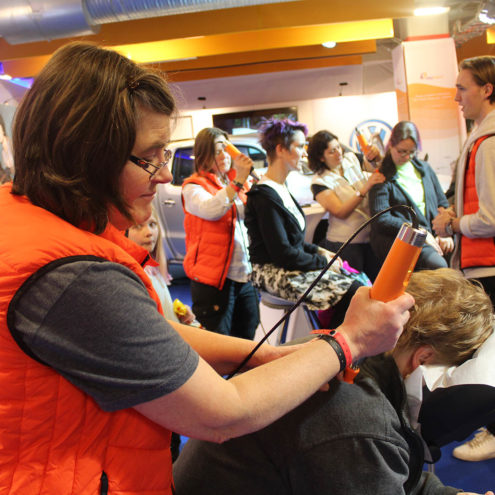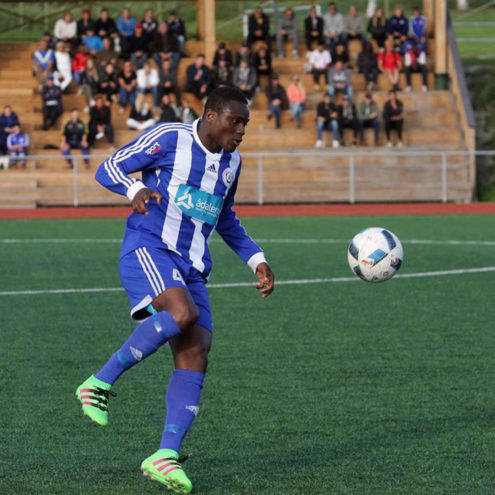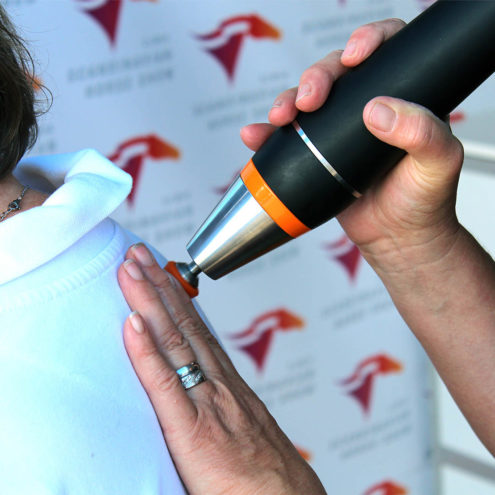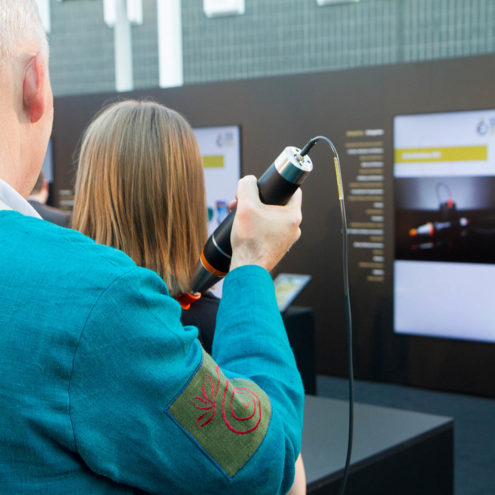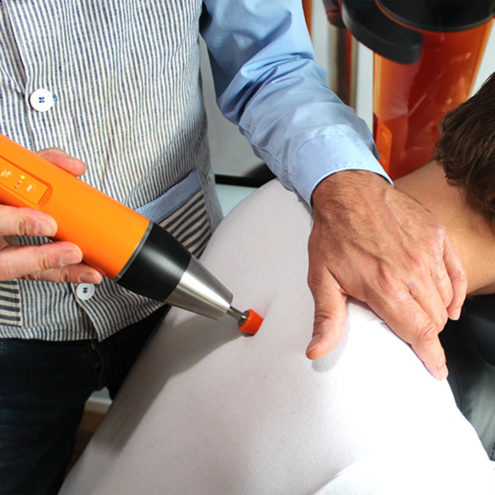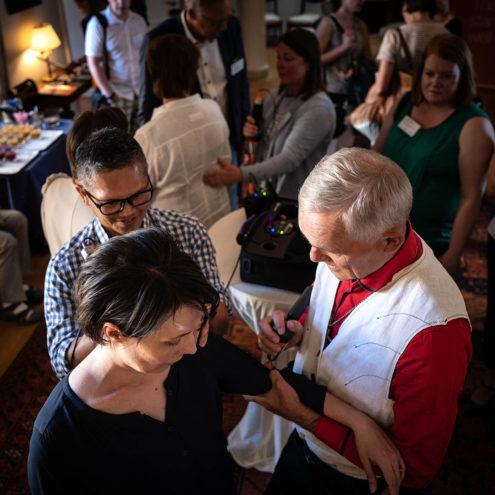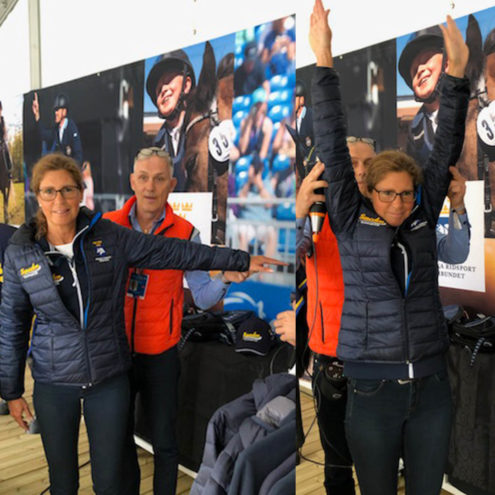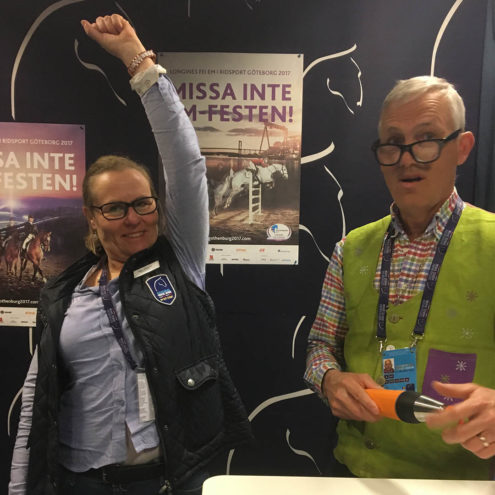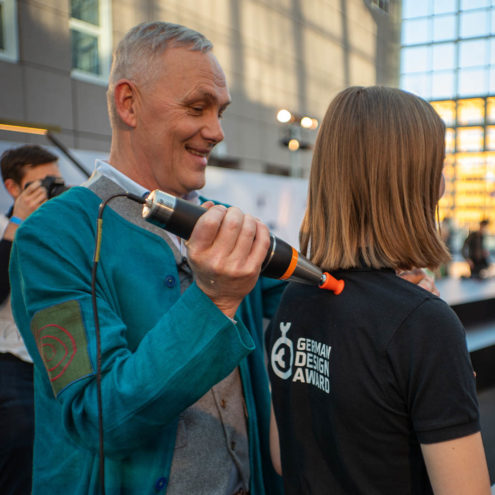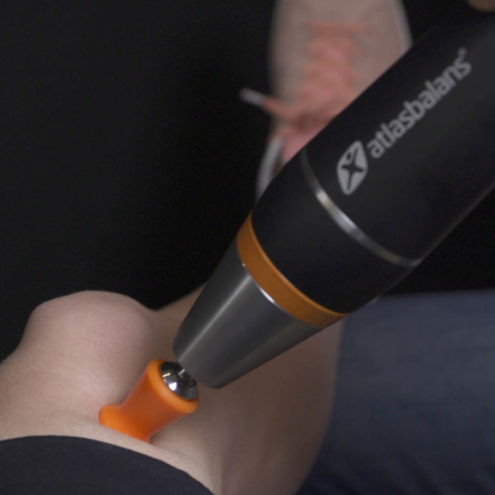Common running injuries – Prevention and treatment

Running is an activity that has become increasingly popular. It is a relatively inexpensive activity as all you really need is a good pair of running shoes. Running is an activity with a lot of freedom. There are no specific rules to follow, you can run on all kinds of surfaces, you can practice running in all seasons and you can do it at any time of the day. Running is a fast way to improve your fitness and you can quickly increase your speed and distance.
In running, there are no major variations in movement patterns and one usually moves in a single direction. Whatever the activity, the biological structures involved (joints, ligaments, nervous tissue and myofascial structures) will change to adapt to the loads and pressures to which they are subjected, if performed over a long period of time. These adaptations maximize the quality of specific movement patterns in running, leading to improved performance. However, adaptations can alter the pattern of muscle tension and can, in some circumstances, lead to abnormal loading or overloading of the structures involved.
In order to prevent and rehabilitate running-related injuries, it is important to understand how the body and fascia mechanically adapt and rebuild to meet the physical demands of the activity. It is also important to introduce early methods of training and recovery that allow injured and weak muscles to be strengthened, but also allow the fascial network to be rebuilt and strengthened multidimensionally. The fascia is the tissue outside the cells, the cellular matrix. This network is everywhere in our body and connects all body parts and systems to each other.
Common types of running injuries
Runners can suffer from a variety of injuries. Often it is the lower limbs that suffer injuries when exposed to high stress over a long period of time. Common injuries include runner’s knee, shin splints, heel splints, plantar fasciitis and back problems.
Runner’s knee
Our knee joints have to bear a large part of our body weight. In order for them to cope with this, they need to be loaded correctly but also to function optimally. One of the most common knee problems related to running is runner’s knee, known as iliotibial band syndrome (ITBS). The iliotibial tract is a thick, fibrous longitudinal tissue structure that extends along the outside of the thigh from the hip to the lower leg. It is a reinforcement of the fascia lata, a broad connective tissue sheath that surrounds the thigh muscles. The iliotibial band or IT band plays an important role in stabilizing both the knee and hip joints during various movements, such as walking, running and jumping.
Runner’s knee is when the iliotibial band becomes inflamed and irritated due to repeated friction against the outer condyle of the femur (thigh bone). The reason why the iliotibial band starts to wear against the femur is an imbalance in the pelvis and its musculature. The iliotibial band becomes “misaligned” and starts to wear down the outer condyle. Runner’s knee is particularly common in runners, who perform repetitive movements for a very long time.
Symptoms of runner’s knee include pain on the outside of the knee, especially with activity, and may also include swelling and tenderness in the area. The pain is often worse when running or walking up and down hills or stairs.
Shin splints
Around most bones in the body is a periosteum, which is richly supplied with nerves, blood and lymph vessels. The fascia and tendons of the muscles also join and attach to the periosteum. As the periosteum is richly innervated, overloading it can lead to pain. It is often in the lower leg, at the front of the tibia that is affected during running. The cause of the pain is overloaded muscles on the front of the tibia. This results in small micro-injuries with densification of the fascia, which puts increased pressure on the nerves in the periosteum. It is common to suffer from shin splints if you have just started running and are running on a hard surface. The muscles in the tibia can then become overloaded. Also, short calf muscles make the front muscles more stretched, which means that they cannot move as they should and will be less able to absorb shocks at impact.
Symptoms of shin splints are pain on the inside and/or front of the lower leg, the tibia. It hurts especially when walking and running, when the foot is put on the ground, but you can also have a nagging pain at rest. The pain may decrease after you have been moving around for a while. It usually gets worse after exertion.
Inflammation of the throat
Achilles tendonitis usually occurs as an overuse injury. If you increase the intensity or duration of your running too quickly, it can put too much stress on the calf muscles and Achilles tendon. Increased stiffness in the muscle fascia can directly affect the development of tendon problems as the tendon is directly linked with it. Mechanical stress increases collagen synthesis in the tendon, which can then affect the mechanical properties of the tendon and make it stiffer. Excessive strain can cause micro-tears in the tendon, causing it to thicken and become inflamed. In the long term, blood vessels and nerve fibers can grow into the tendon.
The symptoms of Achilles tendonitis include pain in the Achilles tendon, but the symptoms can vary depending on how long you have had the problem. There is a gradual progression of symptoms. The pain can be in different parts of the tendon but also its attachment to the heel bone. Heat, redness and swelling may also be present.
Different levels of Achilles tendonitis:
Level 1. Feeling pain at the beginning of an activity that passes when the person is warmed up. There may be some soreness for a couple of hours after activity.
Level 2. Feels pain at the beginning and after activity. The pain passes when the person is warmed up. The pain may be worse the next day.
Level 3. Feeling pain during activity that impairs performance or stops the activity. Pain may also be felt when walking.
Level 4. The pain is chronic and persists at rest. Stiffness and pain in the morning is a common sign.
Plantar fasciitis
Under the foot is a strong fascia structure, the plantar fascia, which attaches to the heel bone and extends to the toe bones. It is designed to distribute the weight and stress that the feet are exposed to on a daily basis. Poor running posture, with lopsided loading and poor running shoes, can overwork the feet and the plantar fascia can become irritated or inflamed, causing pain. When the plantar fascia under the foot, for various reasons, is repeatedly overstretched over a long period of time, small injuries with tears can occur. It can then become irritated and inflamed, resulting in plantar fasciitis.
Symptoms of plantar fasciitis are pain under the foot, more under the inside of the arch or towards the heel. The pain is more pronounced in the morning when you get up and start walking on your foot. After a while, the pain subsides but returns after a long day’s strain.
Back problems
Back problems during running are often due to poor posture during running. An injury or prolonged misalignment causes overstressing of the structures of the back as they become unbalanced. This causes the fascia structures, including the thoracolumbar fascia, to become more inelastic and tight when overstressed. A more tight and inelastic fascia results in a re-direction of the pain receptors in the back. Poor footwear that causes misalignment can also cause the back muscles to quickly become overloaded.
Symptoms of back problems that occur during running can be sudden pain and contraction of the back muscles. The pain may be unilateral but not always. Sudden pain that then turns into a nagging ache. The pain may be localized to a specific area. Pain may occur when you try to stretch the sore area. The pain may also radiate down to the seat and legs.
Causes and risk factors of running injuries
Optimizing running involves increasing training loads and reducing rest periods, which drives a process of physiological adaptations associated with progressive and steady changes in muscles, muscle fascia and tendons.
After an area has been exposed to frequent high-intensity loading, in addition to mechanical adaptation, there is also a sustained low-grade inflammatory reaction in the fascia. Such micro-inflammations increase collagen synthesis and decrease the viscoelasticity of the fascia. Reduced viscoelasticity leads to stiffness in our body movements and affects our whole posture. When running, where the lower limbs are exposed to the greatest strain, reduced local elasticity with poor posture can lead to other structures having to work harder and risking overstrain. Poor local elasticity also impedes the body’s ability to absorb forces, which in turn increases the risk of injury to the musculoskeletal system. Imbalances in muscle strength and poorly fitting footwear can also wear down structures and lead to injury. Lack of warm-up and nutritional deficiencies can also increase the risk of injury for runners.
Prevention of running injuries
There are several ways to prevent various running injuries. Choosing the right shoes is one of the most important things you can do. Many people advocate stretching stiff muscles in the shoulders, arms and legs. Strengthening weak muscles is important and examining your running technique is also important for injury prevention.
Another method of preventing overload and injury in running is to use kinesiology tape/elastic tape before training and races to stabilize joints and relieve muscles and tendons.
Warming up before light running can reduce the risk of injury. Warming up increases metabolic activity, increases body temperature and optimizes neuromuscular control improving movement and balance. Another important method to prepare the body for the movements in running is via dynamic stretches taking into account the myofascia (muscle fascia). Also to perform movement patterns inherent to running, with progressive increase in complexity and intensity. It can be sudden changes of direction, high knees or butt kicks.
After completing an activity, the body’s recovery needs to be taken into account. It is important to replenish fluids and energy to provide the body with the right building blocks.
Treatment of common running injuries
Treatment methods for running injuries are often based on the structure that has been affected such as muscle, ligament, tendon or bone. Common treatment methods for minor injuries may include short rest periods, light stretching, strength training and soft tissue therapy. Sometimes over-the-counter painkillers can be used. For more serious injuries, immobilization via orthoses or casts may be required. Sometimes physiotherapy may be required where the runner follows a specially adapted program for the particular injury diagnosed. Physiotherapy allows you to return to running in the best possible way without the risk of further injury, but also prevents the old injury from recurring. In the case of broken structures, surgery may be needed to repair the injury followed by a longer period of physiotherapy. If the pain is too severe, a doctor may prescribe stronger painkillers.
Rehabilitation and return to running
An important part of rehabilitation is to consider how the body’s musculoskeletal system adapts to running. Injuries are clinically diagnosed with associated therapies that traditionally focus on muscle, tendon or bone. Rehabilitation and return to running often involves training programs based on progressive loading that is adapted to individual requirements. These can include various forms of eccentric training, strength training, core training, dynamic stabilization and muscle activation. Sports science researchers argue that rehabilitation needs to be optimized as high-impact training is required to optimize sports performance.Although there is little data on how the fascia affects return to activity, a treatment is proposed that focuses on providing specific stimuli to the connective tissue that could speed up recovery.
How our specialist team at Fascia Clinics can help you
At Fascia Clinics, we take a holistic approach to treating running-related injuries. Our team of therapists use fascia therapy, a highly effective wellness treatment. The fascia is the network of connective tissue that binds and permeates everything in our body. All cells, tissues (even bone tissue), muscles and organs contain fascia.
Fascia treatment focuses on releasing tension and adhesions in the fascia and increasing its flow. In this way, we can balance the body to reduce pain, improve strength and increase mobility. Reducing pressure and increasing flow in the fascia also helps cell membranes to absorb nutrients and release waste products. The treatment provides a pleasant relaxation and does not hurt. Increased circulation with a more even load can promote the body’s own healing. A more even load also means that the body’s structures are not subjected to excessive wear and tear, reducing the risk of further injury.
During a visit, we analyze the whole body to see where compensations and imbalances are and how they have spread. If there is an imbalance in the body, there is a risk that it will spread and affect other structures such as muscles and joints. That’s why it’s very important to seek help quickly as soon as you notice any symptoms.
By combining traditional medical treatment with fascial therapy, we aim to optimize your recovery and minimize the risk of sustaining further injuries. Visit our website for more information and book a consultation today!
 Search
Search


